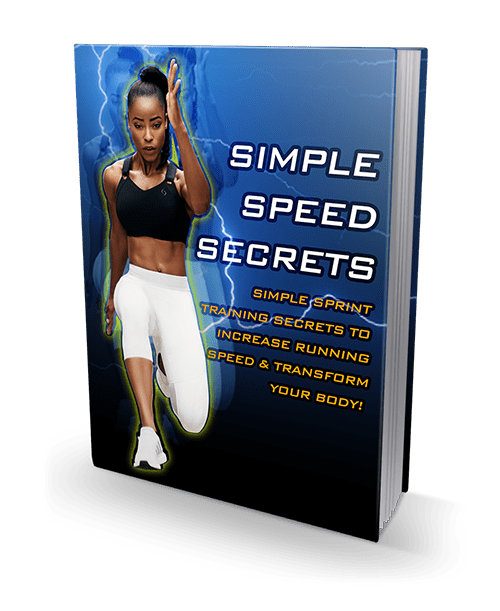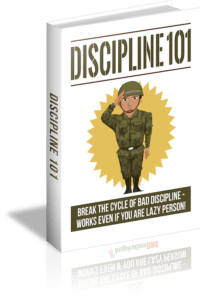Description
This is a beginner’s guide on increasing your running speed and also transforming your body with sprint training.
Sprinting is an excellent form of exercise, whether you are actively training for competitions, playing competitive or social sports, or simply using it as part of your cardiovascular routine. To begin this guide, we’re going to spend a few moments discussing what sprinting is – and isn’t – and also take a look at the history of sprinting.
What is Sprinting?
Sprinting is defined as a competitive running event that is 400 meters or less. Most sprinting events are 100, 200, or 400 meters. Most of them last less than 60 seconds because sprinters are running as fast as they can during the entire length of the race. Some sprinting competitions include relay races that involve 4 runners each sprinting a certain distance. Sprints in a training sense can also mean doing a particular cardio exercise with an all-out intense anaerobic effort for a brief period followed by rest.
Sprinting Versus Running
Although sprinting and running use the same muscle groups and are essentially the same thing, there are some key differences. Sprinting, as mentioned before, involves athletes moving as fast as they can for the whole sprint in an anaerobic environment, making it much more intense than running. From a metabolic standpoint, that means you’re using glycogen rather than oxygen for your muscles, which wears you out a lot faster than a well-paced run.
Running, on the other hand, is slower and less intense than sprinting, so events are much longer and require aerobic fitness. Running competitions include the 5k (3.1 miles), the 10k (6.2 miles), half-marathons (13.1 miles), and full marathons (26.2 miles). Running uses oxygen to keep you going, so you can maintain your pace for longer, which is why you have to run for at least 10 minutes for it to be considered exercise.
Origin of Sprinting
Sprinting dates back farther than any other competitive sport. In fact, it was the first type of athletic competition that was ever recorded. The earliest record came from the original Olympic Games in 776 B.C. Some experts believe that sprinting may have been the only competition at the very first Olympics. At that time, the race was one stade in length, which is about 200 meters.
Modern Olympics
When the modern Olympics were created in 1896, they included two sprinting events: 100 meters and 400 meters. Then, in 1900, the 200-meter dash was added. Relay races were included starting in 1912 with the 4 x 100 race and the 4 x 400 race. At that time, only men were allowed to compete in the Olympics, but when women were included in 1928, sprinting events were on the list.
Benefits of Sprinting
There are many benefits to sprinting. It can increase your maximum heart rate and capacity to exercise. Sprinting also burns a large number of calories in a short amount of time and can boost your metabolism, making it a great way to lose weight and transform your body composition without needing to spend hours on a treadmill. Some people use sprinting as part of a weight-training program because it uses a big group of muscles all at once and helps to strengthen them.
Well, that’s a brief intro into sprint training and what we’ll be covering in this guide. In the following chapters, we’re going to focus on the different aspects of sprinting and help you develop a plan to get the most out of every sprint session.
Are you ready to begin?
Can be sold [YES]
Can be used for personal use [YES]
Can be packaged with other products [YES]
Can modify/change the sales letter [YES]
Can be added to paid membership websites [YES]
Can put your name on the sales letter [YES]
Can be offered as a bonus [YES]
Can be used to build a list [YES]
Can print/publish offline [YES]
Can convey and sell Personal Use Rights [YES]
Can convey and sell Resale Rights [YES]
Can modify/change the main product [NO]
Can modify/change the graphics and ecover [NO]
Can be given away for free [NO]
Can be added to free membership websites [NO]
Can convey and sell Master Resale Rights [NO]
Can convey and sell Private Label Rights [NO]








Reviews
There are no reviews yet.